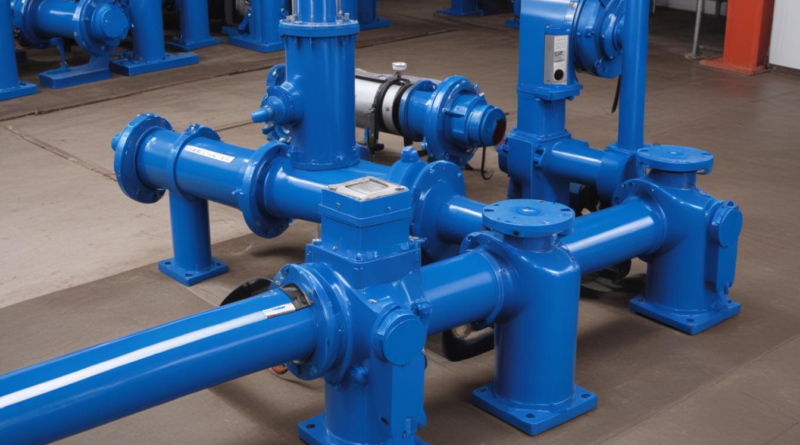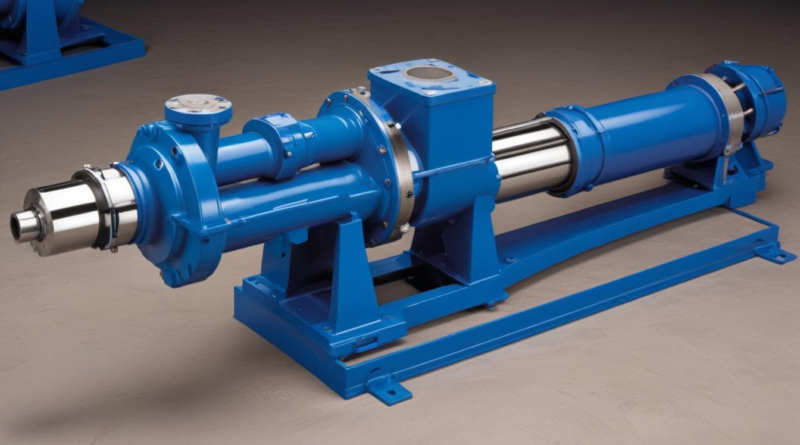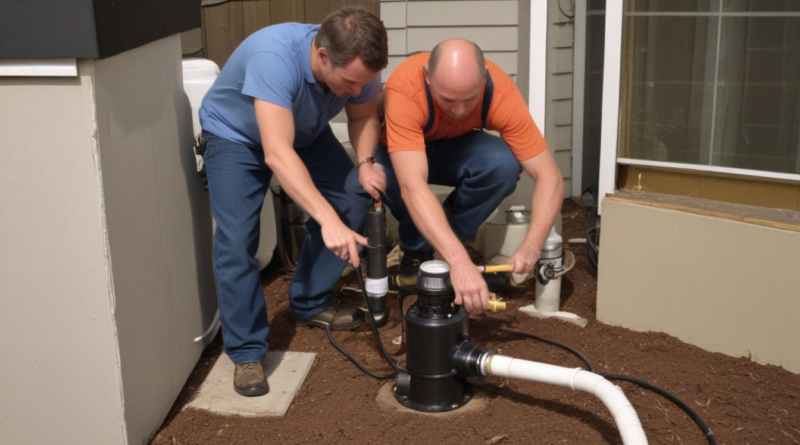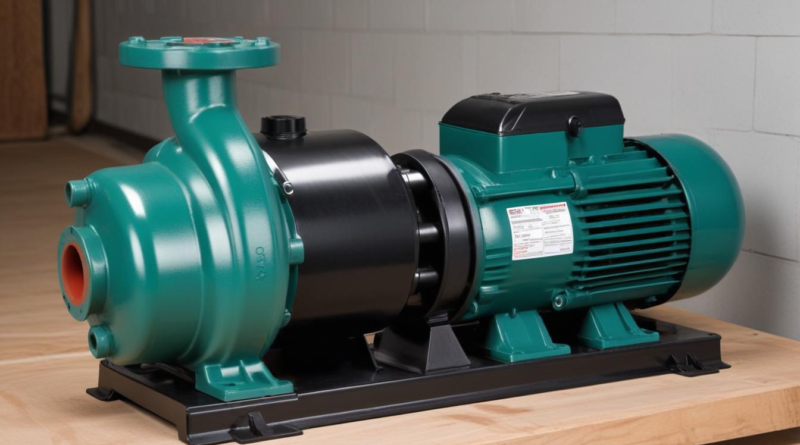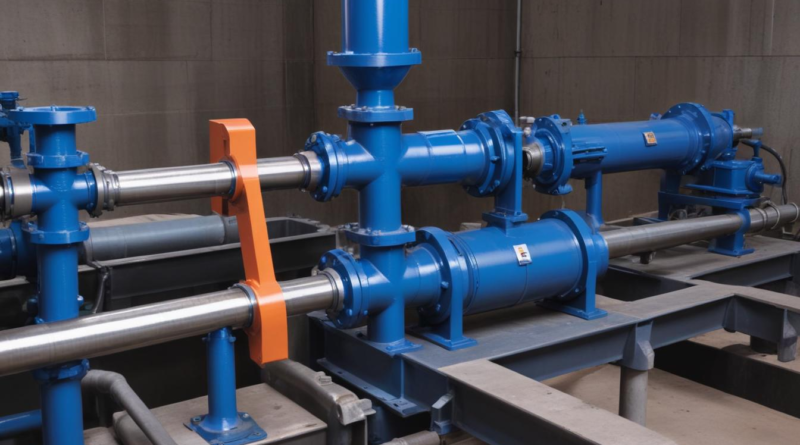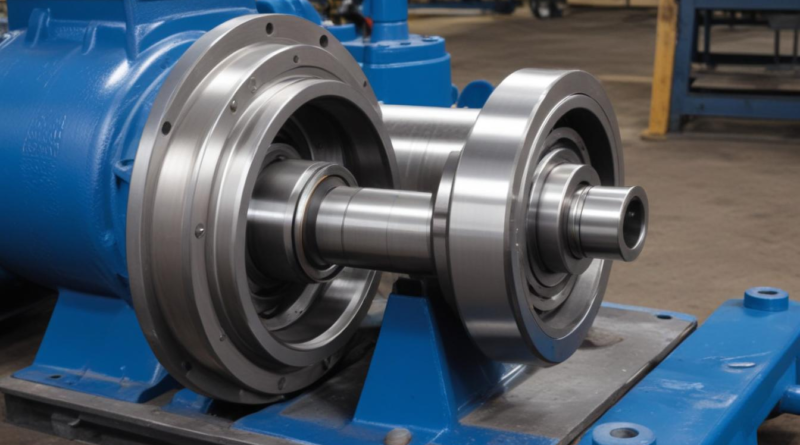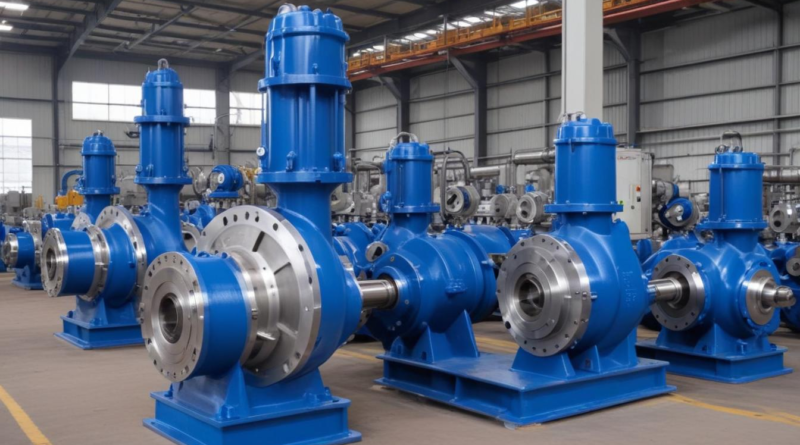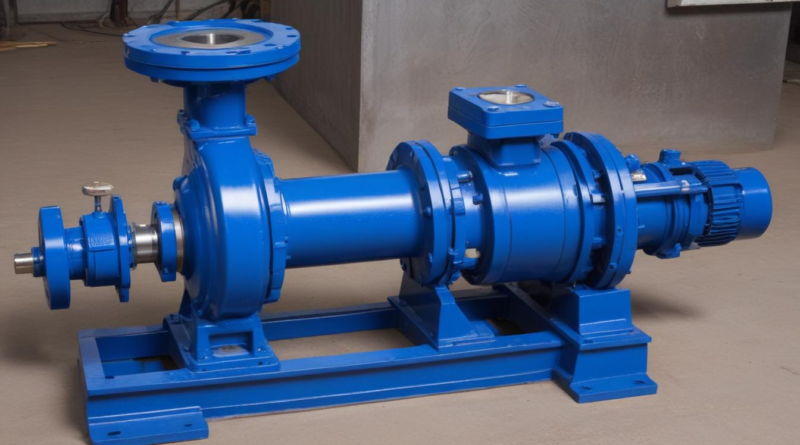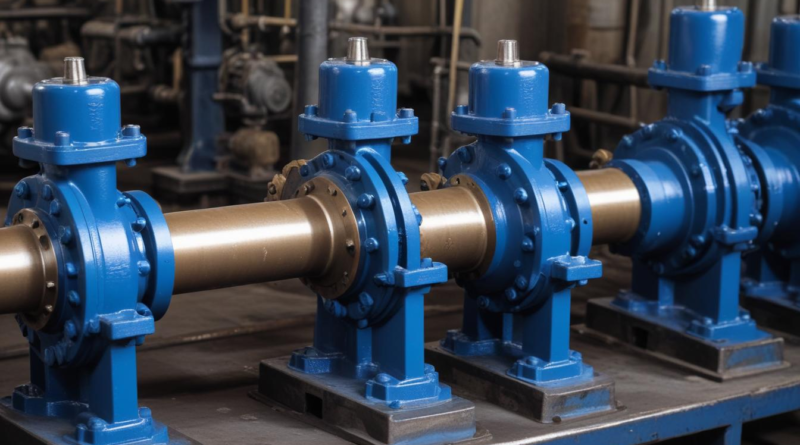Monitoring and control systems for progressive cavity pumps
In the world of progressive cavity pumps, advanced monitoring technologies play a vital role in enhancing performance and durability. These innovative methods track key operational parameters, enabling swift responses to potential failures. Methods such as vibration analysis, flow measurement, and temperature sensors help identify issues before they escalate, while integration with predictive analytics can forecast future failures. As technology evolves, IoT and AI are set to revolutionize monitoring systems, promising smarter, more efficient pump management and maintenance strategies that adapt to real-time operational conditions.
Read More
